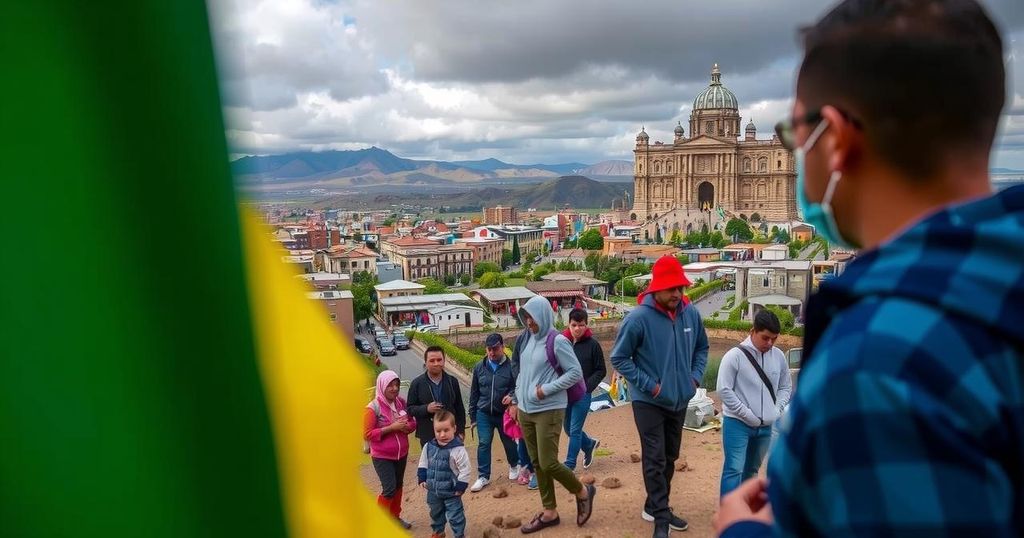Peru is cautious about a potential influx of Bolivian migrants due to Bolivia’s economic crisis, which includes dwindling foreign reserves and rising inflation. Finance Minister José Arista has expressed concerns while highlighting the need for skilled migrants. Recent history with Venezuelan migrants suggests challenges around societal acceptance and economic absorption. Peru’s economic growth may attract Bolivians despite these concerns.
Peruvian authorities, alongside their counterparts across Latin America, are closely monitoring the developing situation in Bolivia, where looming economic troubles may trigger an influx of migrants. Peruvian Finance Minister José Arista acknowledged this uncertainty by stating, “Now, possibly, we are worried about the migration that could come from Bolivia,” highlighting concerns regarding the nation’s faltering economic activity. With Bolivia’s dwindling foreign reserves, escalating inflation, and fuel shortages, the potential for increased migration has become a pressing issue. Despite his concerns over migration, Minister Arista indicated a preference for attracting higher-skilled migrants rather than a large influx of low-skilled workers. The recent history of migration in South America, marked predominantly by the departure of seven million Venezuelans seeking better opportunities, has significantly impacted countries like Peru. Approximately 1.5 million Venezuelans have settled in Peru over the past decade, leading to rising xenophobia, increasing concerns about crime, and governmental reluctance to accept more migrants. Arista also commented on the economic implications of migration, noting, “The bad part is that maybe those workers came in a moment when we didn’t have the capacity to absorb their productive activities.” This sentiment reflects the broader economic challenges that can accompany sudden spikes in migration. Nevertheless, he expressed optimism regarding Peru’s economic outlook, suggesting that Bolivian migrants may consider Peru as their destination, given its projected growth rate of three percent, in contrast to Chile’s stagnation and Argentina’s negative growth. In summary, the government remains vigilant about potential migration from Bolivia as its economy falters, while also recognizing the economic benefits of migration when managed appropriately. Arista’s statements underscore a dual approach that balances sensitivity to migrant needs with the realities of the labor market and economic capacity in Peru.
The article discusses the anticipated migration wave from Bolivia into Peru amid economic turmoil in Bolivia. It emphasizes the role of Peru’s government and its reaction to potential new refugees, particularly following the substantial influx of Venezuelan migrants in prior years. With the impacts of these migrations on economic stability and societal perceptions already evident in Peru, any additional migration could exacerbate existing challenges, compelling the government to reconsider its approach to immigration and labor absorption.
In conclusion, as Bolivia teeters on the brink of economic collapse, Peru is bracing for a potential new wave of migration. Although officials remain cautious about the implications of such an influx, there is a recognition of the economic potential that skilled migrants could contribute. Peru’s favorable economic prospects could position it as a primary destination for Bolivian migrants, warranting careful consideration of integration and support policies to enhance productivity while managing societal concerns.
Original Source: www.batimes.com.ar






